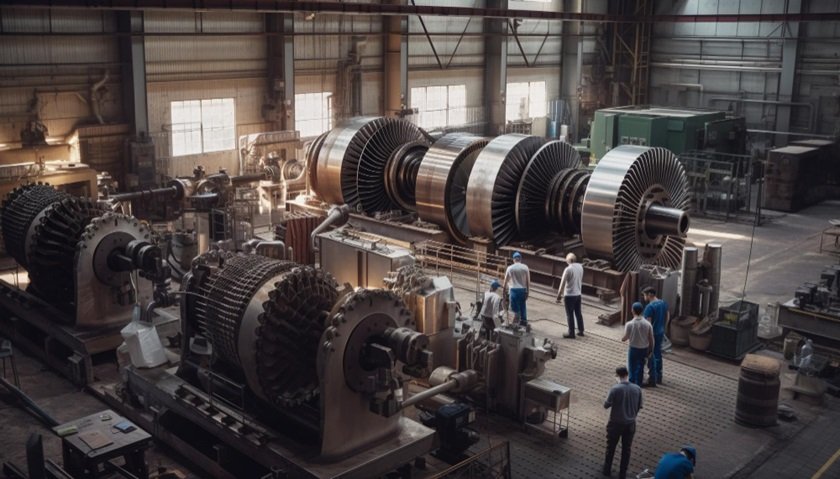Hard chrome engineering unlocks superior durability and performance for industrial components. This guide explores its critical applications, advantages, processes, and professional best practices to help you maximise its potential.
Understanding Hard Chrome Engineering
Hard chrome engineering involves electroplating a dense chromium layer onto metal substrates, significantly enhancing their hardness, corrosion resistance, and service life. Unlike decorative chrome, industrial hard chrome plating builds thicker, more durable coatings essential for demanding applications across aerospace, automotive, hydraulics, and heavy machinery.
Key characteristics of hard chrome engineering include:
- Exceptional wear resistance for high-friction environments
- Corrosion protection in harsh operating conditions
- Precision dimensional restoration for worn components
- Improved lubricity and reduced surface friction
Industrial Applications of Hard Chrome Plating
Hard chrome’s unique properties make it indispensable across multiple sectors:
Aerospace Components
Critical aircraft parts like landing gear, actuator rods, and engine components rely on hard chrome for:
- Fatigue resistance under extreme stress cycles
- Protection against aviation fuels and lubricants
- Precision tolerances for flight-critical systems
Automotive Systems
From passenger vehicles to heavy equipment, hard chrome enhances:
- Piston rings and crankshafts for reduced engine wear
- Shock absorber rods for consistent performance
- Transmission components for smoother operation
Industrial Machinery
Manufacturing and processing equipment benefits through:
- Extended lifespan for molds, dies, and forming tools
- Wear protection on hydraulic cylinders and rams
- Improved release properties for plastic injection molds
Advantages of Hard Chrome Engineering Solutions
Organisations choose hard chrome plating for three primary reasons:
Performance Benefits
- Surface hardness up to 70 HRC (Rockwell C scale)
- Operating temperature range from -200°C to +425°C
- Low coefficient of friction (0.12-0.16 against steel)
Economic Advantages
- 3-5x longer service life versus unplated components
- Reduced maintenance costs and downtime
- Cost-effective alternative to complete part replacement
Functional Improvements
- Enhanced sealing surfaces for hydraulic applications
- Improved cleanliness for food/pharmaceutical equipment
- Precision surface finishes down to 0.1μm Ra
The Hard Chrome Plating Process Explained
Professional hard chrome application follows a meticulous sequence:
- Surface Preparation: Degreasing, acid cleaning, and abrasive blasting
- Masking: Protecting non-plated areas with specialty tapes/lacquers
- Electroplating: Immersion in chromic acid bath (50-60°C) with controlled current
- Post-Treatment: Hydrogen embrittlement relief baking (190-220°C for 3-24 hours)
- Finishing: Grinding/polishing to achieve final dimensions
Best Practices for Optimal Hard Chrome Results
Design Considerations
- Radius all edges (minimum 0.4mm) to prevent buildup
- Account for 0.025-0.050mm per side grinding allowance
- Specify critical surfaces/tolerances clearly
Quality Assurance
- Microscopic cross-section analysis for thickness verification
- Adhesion testing per ASTM B571 standards
- Porosity checks via copper sulfate testing
Safety Protocols
- Hexavalent chromium exposure controls (PPE, ventilation)
- Wastewater treatment for environmental compliance
- Regular bath analysis to maintain solution chemistry





